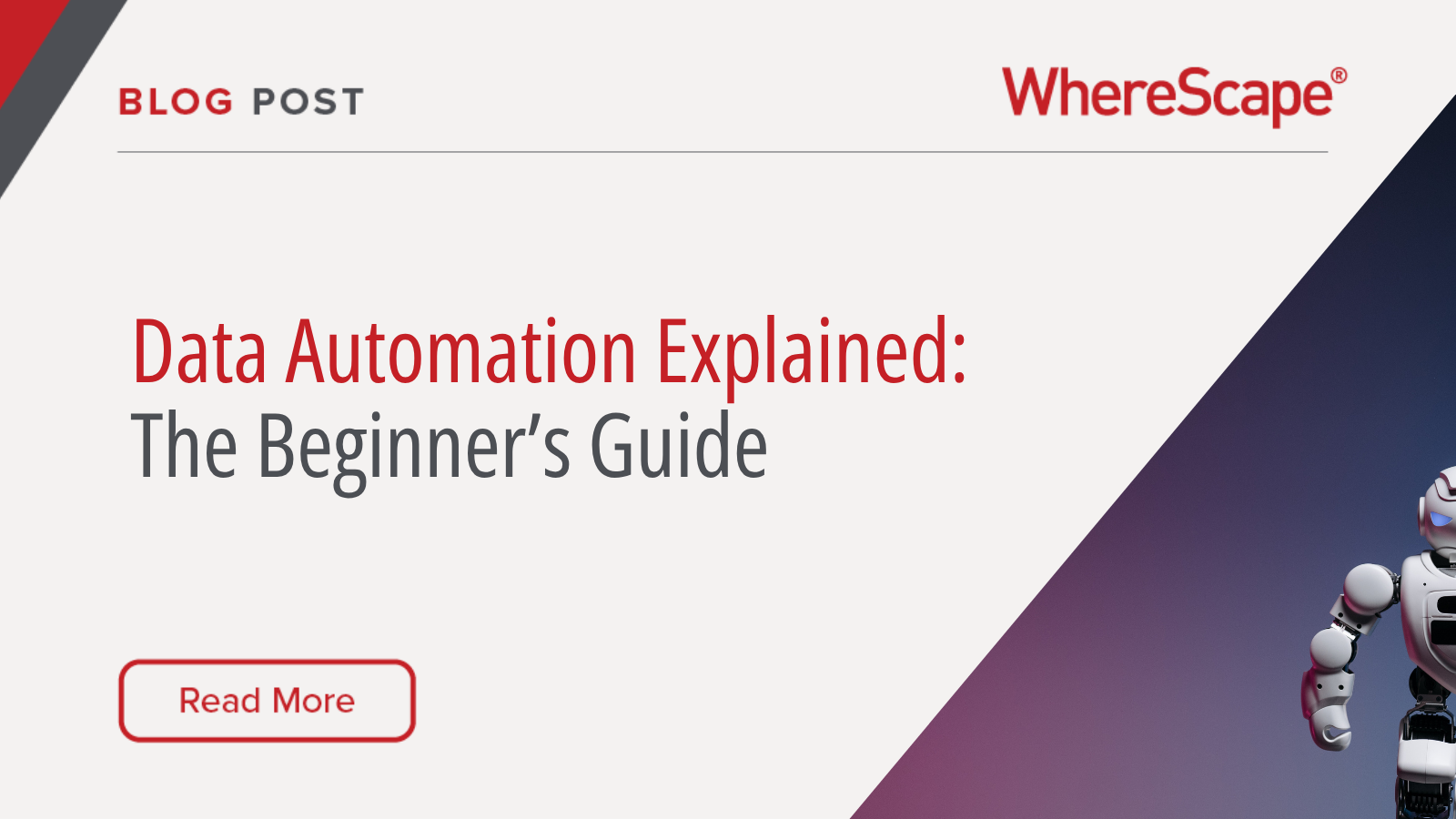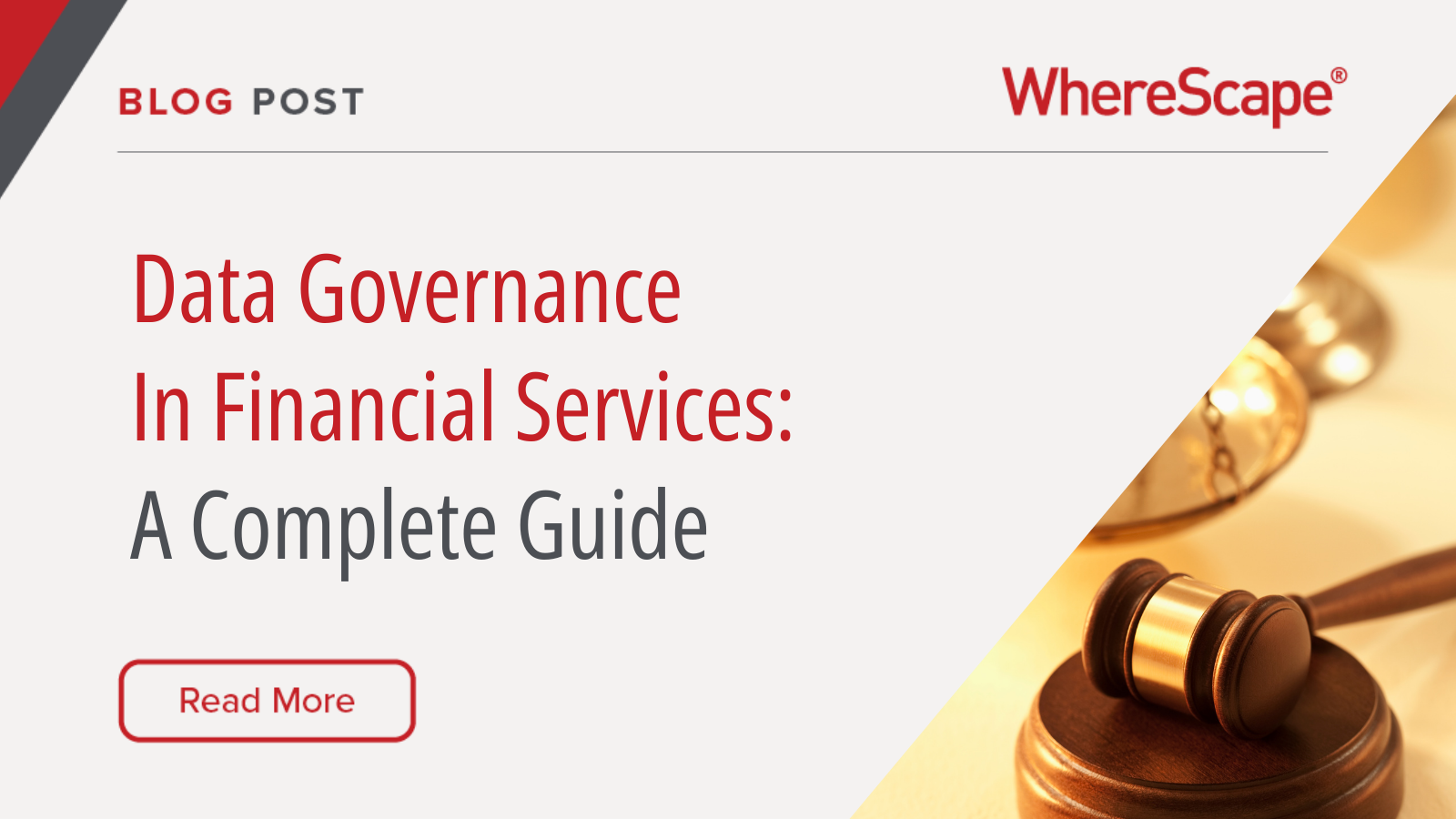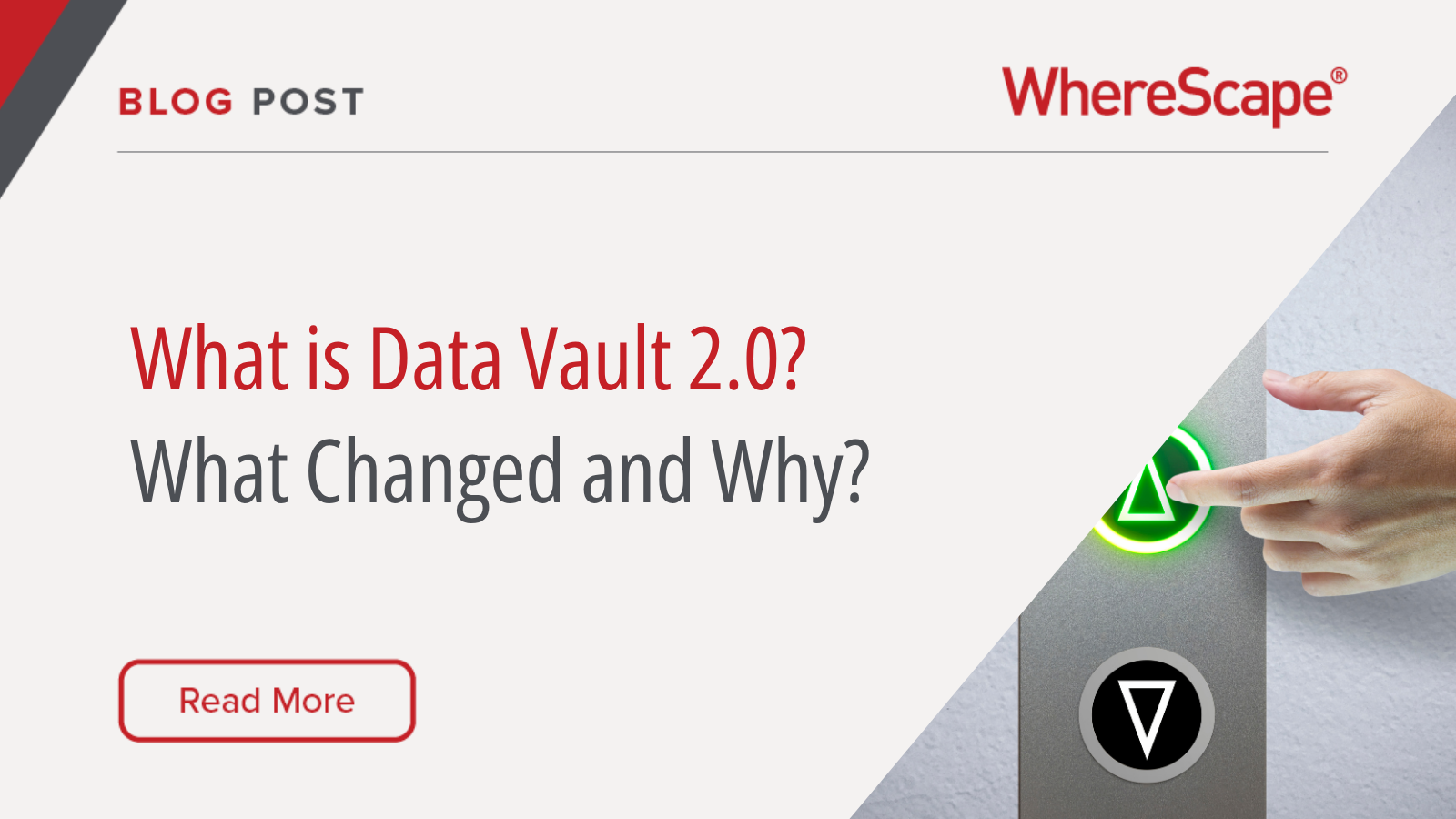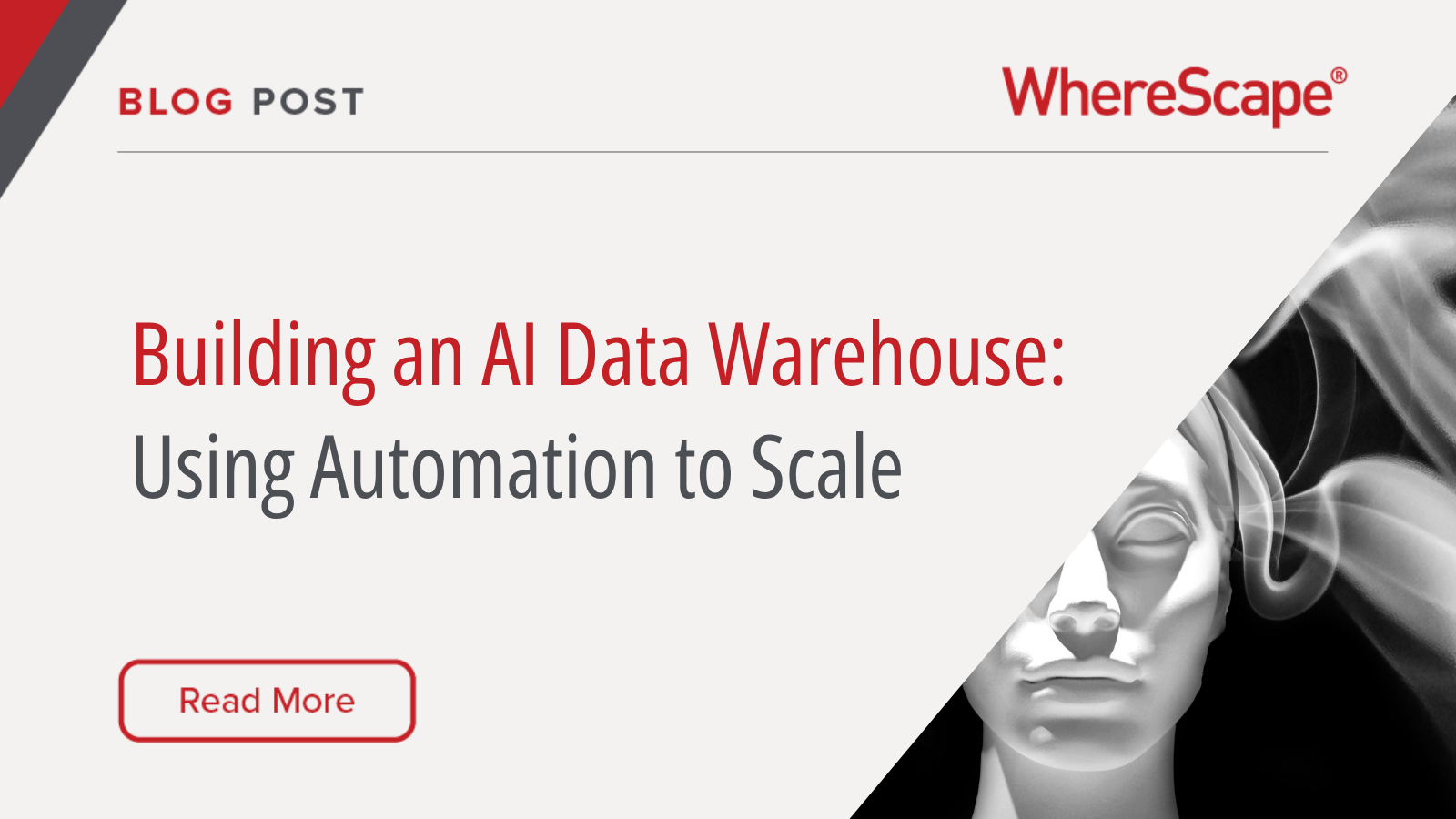What Is Data Automation? How It Works, Benefits, and How to Choose the Best Platform
Data automation has quickly become one of the most important strategies for organizations that rely on data-driven decision-making.
By reducing the amount of manual work involved in collecting, preparing, and analyzing information, businesses can move faster, improve accuracy, and unlock deeper insights.
At its core, data automation is the process of using technology to automatically handle repetitive and time-consuming data tasks — from extracting information across multiple sources to transforming it into usable formats and loading it into analytics platforms. With automation in place, teams can spend less time on data wrangling and more time acting on the insights that drive growth.
The demand for automation is only growing as data volumes expand and companies look for more efficient ways to operate.
In this guide, you’ll learn:
- What data automation is, how it works, and where it’s used across industries
- Benefits and drawbacks of data automation
- How to build a strategy that works for your organization
- Key features to look for in a platform
What Is Data Automation?
Data automation is the process of using software and technology to automatically collect, prepare, move, and analyze data without constant human intervention.
Instead of relying on manual workflows for extracting, cleaning, and loading information, businesses can use automation to keep data pipelines running consistently and accurately.
Put simply, data automation removes repetitive, error-prone tasks from the hands of employees and shifts them to systems that can execute faster, at scale, and around the clock. This makes it possible to manage increasingly large and complex data environments while maintaining reliability and performance.
Data automation can be applied to both structured data (like databases, spreadsheets, and financial records) and unstructured data (such as emails, social media streams, or IoT feeds). It also supports a wide range of sources, including internal databases, cloud applications, third-party APIs, and streaming platforms.
Why Data Automation Matters for Modern Businesses
For modern organizations, the ability to turn raw information into insights quickly is no longer optional — it’s essential for competitiveness. Manual data processing simply can’t keep up with today’s volume, velocity, and variety of information.
By embracing data automation, businesses can:
- Accelerate decision-making by reducing the time between data collection and actionable insight.
- Ensure higher data quality by minimizing human error and enforcing consistent standards.
- Increase productivity by freeing engineers, analysts, and IT teams to focus on strategic initiatives rather than repetitive work.
- Scale operations seamlessly as data grows, without proportionally increasing staff or costs.
In short, data automation allows companies to operate with more agility, accuracy, and efficiency. Whether the goal is real-time analytics, compliance reporting, or better customer insights, automated processes make it possible to deliver results at the speed modern business demands.
How Data Automation Works
At its core, data automation relies on a series of connected processes that move information from raw input to usable insights.
These processes can run on schedules (such as nightly jobs), be triggered by events (like a new file being uploaded), or operate continuously in real time (such as streaming data from sensors or financial feeds).
Instead of teams manually coding scripts or handling spreadsheets, automation platforms orchestrate these steps consistently, at scale, and with far fewer errors. This not only speeds up data delivery but also ensures that business leaders always have access to accurate, up-to-date information.
Key Processes: Extract, Transform, Load, and Analyze
The foundation of data automation is the ETL pipeline:
- Extract: Pulling raw data from various sources, including databases, cloud applications, APIs, and unstructured formats.
- Transform: Cleaning, structuring, and enriching data to make it usable for analytics or machine learning.
- Load: Moving the prepared data into a warehouse, data lake, or target system.
- Analyze: Applying queries, dashboards, or AI models to generate insights that inform decisions.
This pipeline can run on a fixed schedule (e.g., nightly loads), be triggered by a change in source data, or operate in real time through streaming technologies.
Common Automation Workflows and Pipelines
Beyond ETL, data automation powers a wide range of workflows, from system backups to marketing personalization. Some organizations focus on batch automation for efficiency, while others prioritize streaming for instant insights. The right approach depends on business goals and the nature of the data being managed.
Here’s a simplified look at how these approaches compare:
| Automation approach | How it works | Best for |
| Scheduled workflows | Jobs run at set times (e.g., nightly ETL pipelines). | Regular reporting, backups, and financial updates. |
| Triggered workflows | Processes start when a specific event occurs (e.g., new data uploaded). | Audit readiness, compliance, and real-time customer updates. |
| Stream processing | Data is processed continuously as it’s created. | High-frequency sources like IoT sensors, financial markets, and social media. |
By aligning the right automation method with business needs, companies can ensure that data is always delivered at the right time, in the right format, and at the right level of accuracy.
Data Automation Examples and Use Cases
Data automation isn’t just a technical process — it’s a business enabler. By applying automation to different workflows, organizations can eliminate bottlenecks, improve accuracy, and accelerate results. From real-time data processing to industry-specific compliance, these use cases show how automation delivers value across the board.
Real-time and Streaming Data Processing
Companies in finance, healthcare, and e-commerce rely on real-time data automation to respond instantly to changes. Streaming pipelines process information as it’s created — whether that’s transactions, patient monitoring devices, or clickstream data — enabling immediate action.
ETL Pipelines and Scheduled Workflows
The most common example of data automation is scheduled ETL pipelines. Businesses extract raw data from multiple systems, transform it into a trusted format, and load it into a centralized warehouse or lake. These jobs often run on nightly or hourly schedules, ensuring up-to-date reporting.
Compliance and Audit Readiness
Automation makes regulatory compliance easier by standardizing data handling and producing audit-ready logs. Instead of manually compiling evidence, teams can automate data collection, validation, and reporting to meet requirements quickly and consistently.
Marketing and Customer Data Management
In marketing, automation triggers personalized campaigns based on customer behavior. By integrating CRM, web analytics, and email platforms, businesses can deliver relevant messages at scale — improving engagement while reducing manual workload.
Financial Reporting and Accounting
Accounting teams use automation to streamline monthly closes, generate reports, and ensure accuracy in regulatory filings. Instead of reconciling spreadsheets, financial data can flow directly into dashboards and compliance systems.
Retail and Manufacturing Operations
Retailers and manufacturers benefit from automation by synchronizing supply chain data, forecasting demand, and monitoring quality. Automated pipelines ensure decisions are based on accurate, up-to-the-minute information from production floors or inventory systems.
Industry-Specific Applications of Data Automation
| Industry | Example applications |
| Finance | Real-time fraud detection, regulatory reporting, automated reconciliations |
| Healthcare | Patient monitoring, compliance logging, clinical trial data processing |
| Retail | Inventory forecasting, personalized promotions, customer analytics |
| Manufacturing | Supply chain synchronization, predictive maintenance, quality assurance checks |
| Marketing | Campaign triggers, customer segmentation, automated reporting |
| Accounting | Audit readiness, financial close automation, regulatory filing accuracy |
These examples highlight that data automation is not one-size-fits-all — it adapts to the specific needs of each sector while driving efficiency, compliance, and smarter decision-making.
Benefits of Data Automation
The business case for data automation is clear:
- Faster insights
- Lower costs
- Higher-quality decisions
Instead of relying on slow, manual processes, organizations gain a scalable system that delivers consistent results. While the advantages vary by industry, the core benefits can be grouped into five main areas.
Improved Data Quality and Fewer Errors
Manual data handling often introduces inconsistencies, duplications, or mistakes. Automated workflows enforce standardized rules and validations, ensuring that information is accurate, clean, and reliable before it’s used for analysis.
Faster Decision-Making and Real-Time Insights
Automation accelerates the flow of information from source to report. This means business leaders can make decisions based on real-time or near-real-time insights rather than waiting hours or days for reports to be compiled.
Cost Savings and Higher Productivity
By eliminating repetitive tasks such as manual entry, reconciliation, or reporting, organizations reduce labor costs while improving employee productivity. Data engineers and analysts can focus on strategic projects instead of routine maintenance.
Scalability and Flexibility for Growth
As data volumes expand, manual processes quickly break down. Automated systems scale effortlessly, handling millions of records or streaming feeds without requiring proportional increases in staff or infrastructure.
Enhanced Security and Compliance
Automation platforms can enforce encryption, access controls, and audit logging by default. This not only protects sensitive information but also ensures compliance with regulations such as GDPR, HIPAA, or SOX.
Manual vs. Automated Data Processes
| Factor | Manual data handling | Automated data handling |
| Accuracy | High risk of human error | Standardized and validated, fewer mistakes |
| Speed | Slow, dependent on staff availability | Real-time or scheduled, continuous performance |
| Cost | Labor-intensive, higher overhead | Lower costs through efficiency and resource optimization |
| Scalability | Difficult to manage at scale | Easily adapts to growing data volumes and complexity |
| Compliance & Security | Inconsistent, requires manual oversight | Automated encryption, access control, and audit logs |
Challenges and Drawbacks of Data Automation
While the benefits of data automation are significant, organizations also need to be aware of the potential challenges.
Automation requires thoughtful planning, the right resources, and ongoing oversight to ensure it delivers the intended results.
Here are the main drawbacks to consider:
Upfront Costs and Implementation Complexity
Building automated data pipelines often involves an initial investment in tools, infrastructure, and training. For some organizations, these costs may feel high compared to manual processes. However, most businesses find that the long-term savings and efficiency gains outweigh the early expenses.
Data Quality and Integration Issues
Automation doesn’t eliminate poor data — it simply processes what’s available. If source systems contain errors, inconsistencies, or duplicates, those problems can scale quickly. Integration with legacy systems can also be difficult, requiring additional customization or middleware to connect old and new technologies.
Skill Gaps and Learning Curve
Adopting automation tools often requires new skills. Data engineers, analysts, and IT staff may need time to learn the platform, adjust to new workflows, and shift their focus from manual tasks to higher-level strategy. Organizations without strong in-house expertise may also struggle to maintain or optimize automated systems.
Security and Compliance Risks
Automated systems handle large volumes of sensitive data. Without proper safeguards, businesses risk exposing private information or failing to meet compliance obligations. Strong encryption, access control, and monitoring must be built into every automated workflow to mitigate these risks.
Building a Data Automation Strategy
Implementing data automation is most effective when guided by a clear strategy.
Rather than trying to automate everything at once, organizations should take a structured, step-by-step approach that aligns automation initiatives with business goals.
Identify Problems and Prioritize Processes
The first step is to pinpoint where manual data tasks are slowing down workflows or introducing errors. From there, prioritize which processes to automate first — often starting with high-impact, repetitive tasks like nightly reporting or data entry.
Select the Right Tools and Platforms
Not every automation tool is the same. Businesses should evaluate platforms based on integration capabilities, scalability, ease of use, and security features. The best choice is one that supports existing data environments while providing room to grow.
Implement Automation Gradually and Monitor Performance
A phased rollout helps reduce risk. Start with smaller, manageable processes before scaling to more complex workflows. Once automation is in place, continuous monitoring ensures that pipelines run as expected and deliver the intended value.
By following these steps, organizations can create a data automation plan that balances efficiency with control, setting the stage for long-term success.
Choosing the Best Data Automation Platform
With so many options available, selecting the best data automation platform can feel overwhelming. The right tool should move data while streamlining workflows, reducing errors, and scaling alongside your business.
Features to Look for in a Data Automation Tool
When evaluating platforms, focus on the features that directly impact performance and usability:
- Integration capabilities: Seamless connectivity with databases, cloud apps, APIs, and legacy systems.
- Scalability: Ability to handle growing data volumes without performance issues.
- Ease of use: A low-code or no-code interface that minimizes complexity.
- Security and compliance: Built-in encryption, access controls, and audit logging.
- Automation flexibility: Support for scheduled, triggered, and real-time workflows.
- Monitoring and reporting: Clear visibility into pipeline performance and outcomes.
A platform that combines these capabilities ensures your automation efforts are not only efficient but also future-proof.
How to Choose the Best Data Automation Platform
For organizations that want to accelerate results without adding unnecessary complexity, WhereScape delivers. Its automation platform is designed to reduce manual effort, improve accuracy, and provide complete control over data pipelines. With proven expertise across industries, WhereScape helps businesses implement automation strategies that scale, adapt, and drive measurable ROI.
Ready to explore how WhereScape can simplify your automation journey?
Schedule a demo today and see the platform in action.
FAQ
What is the best data automation platform?
The best data automation platform is one that integrates with your existing systems, scales with your data growth, and simplifies complex workflows. Look for features such as ETL automation, real-time processing, and built-in compliance to ensure long-term value.
How do I choose the right data automation tool for my business?
Start by identifying which data processes cause the most delays or errors. Then, evaluate tools based on ease of integration, scalability, cost, and security. Choosing a platform that matches both current needs and future growth ensures the investment pays off.
What features should I look for in a data automation platform?
Key features include: seamless integration with databases and cloud apps, low-code or no-code workflow design, robust monitoring and reporting, strong security, and support for both scheduled and real-time automation.
Why is scalability important in a data automation tool?
As businesses generate more data, manual or limited systems quickly become bottlenecks. A scalable data automation platform can handle growing volumes without slowing performance, ensuring consistent results as your organization expands.
Are data automation platforms secure and compliant?
Yes — the leading platforms include encryption, role-based access controls, and audit logging. When evaluating solutions, confirm that the tool aligns with compliance requirements such as GDPR, HIPAA, or SOX.
What are the benefits of using an automated data platform instead of manual processes?
Automated platforms reduce errors, deliver faster insights, and cut costs by minimizing repetitive tasks. Unlike manual workflows, automation ensures accuracy at scale while freeing your team to focus on strategy and innovation.
What are the disadvantages of data automation?
While data automation delivers clear benefits — speed, accuracy, and scalability — it also comes with potential drawbacks that businesses need to manage carefully:
- Higher upfront costs: Implementing automation tools often requires significant investment in software, infrastructure, and staff training. For smaller organizations, this can be a barrier.
- Integration challenges: Legacy systems and fragmented data sources don’t always connect seamlessly with modern automation platforms. Customization or middleware may be required to bridge gaps.
- Data quality issues: Automation cannot fix bad source data. If errors, duplicates, or inconsistencies exist, automation can replicate them at scale, compounding the problem.




